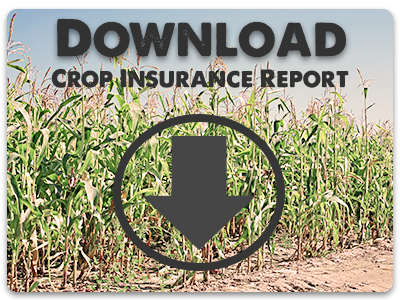Tight margins highlight the full value of crop insurance by providing protection at a time when income from every bushel is critical to a producer’s bottom line and pricing opportunities need to be locked in, whether the grain has been harvested, continues to grow in the field or is seed in a bag.
“Crop insurance is a safety net. We don’t get rich on it, but we don’t go broke with it,” said one Frontier customer. “Every time we’ve needed it, we’ve come out in good shape. I never want to have to rely on it, but I’d hate for farm without it.”
Most farmers feel the same: In 2015 (RMA’s most recent complete crop year), they invested more than $3.7 billion to buy more than 1.2 million crop insurance policies covering 298 million acres – over 90 percent of all the acres planted to principal crops.
Crop insurance has become the primary risk management tool for U.S. agriculture, replacing direct crop subsidies and ad hoc disaster programs.
To read more about why crop insurance is vital to America’s food security and why the public-private partnership model is a rational model, download our 20-page report, which also highlights how insurance performed in 2012.


